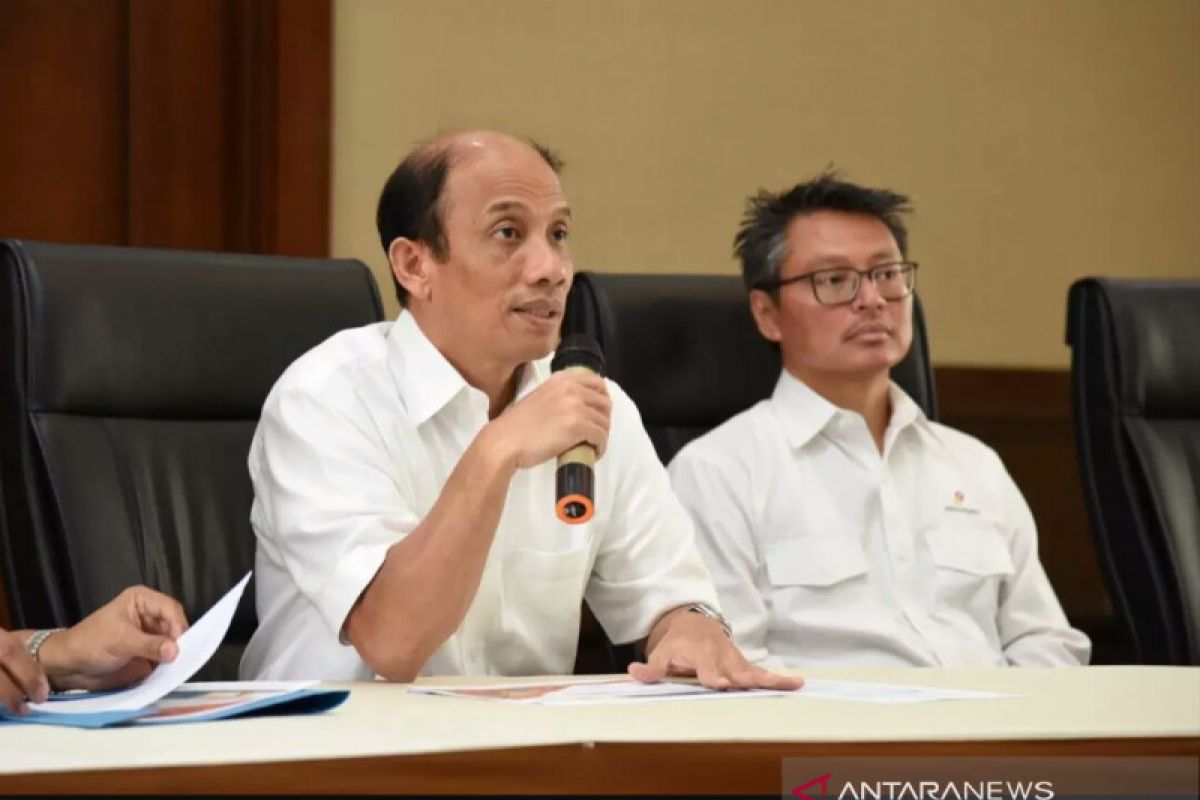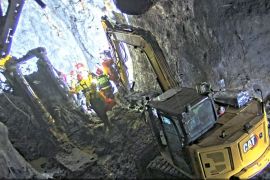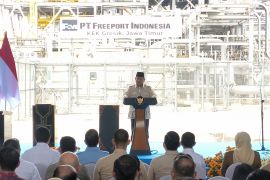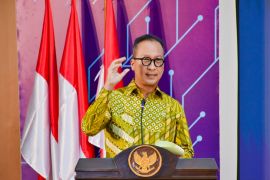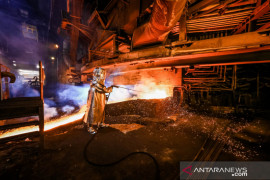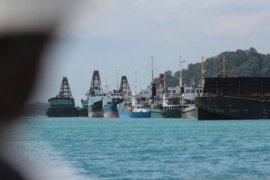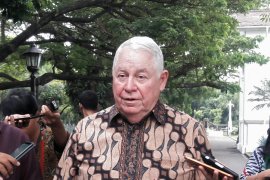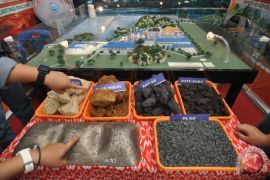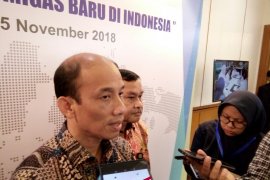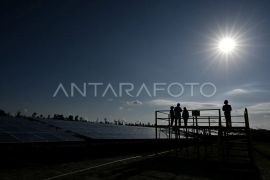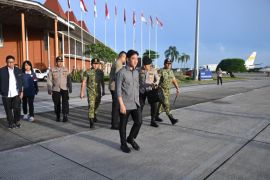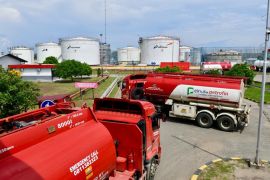PT CNI smelter has the capacity of processing nickel with 5 million tons of ore and 230,000 tons of ferronickel output with 22 percent of nickel content - 24 percent per year, according to data available at the Energy and Mineral Resources Ministry received by Antara here on Sunday.
The smelter was built using rotary kiln electric furnace (RKEF) technology. Electricity requirements for smelter operations are estimated to reach 350 MW.
In his remarks Arcandra stated that natural resources play an important role in supporting national development. Even so, the principle to utilize natural resources must be based on Article 33 of the 1945 Constitution, which is controlled by the state and as much as possible for the prosperity of the people.
Interpretation of being controlled by the state, Arcandra said, is that natural resources are managed by Indonesians using domestic-developed technology and domestic funding.
"In accordance with the mandate of the law, we want this nickel to be processed (domestically) and to extend the processing chain so that it can produce added value," Arcandra noted.
The construction of a purification facility or smelter is an implementation of the policy of increasing mineral added value as mandated in Law No. 4 of 2009 concerning Mineral and Coal Mining.
The groundbreaking smelter is also a commitment of the government to further encouraging mining businesses in support of the downstreaming acceleration in the mining sector.
"This is what we want (the construction of a smelter) so that it can produce value-added effects that are greater than just selling raw materials," Arcandra said.
The smelter is targeted to start operating by the end of 2021.
"The construction of the main infrastructure and support for the ferronickel smelter is targeted for completion in December 2021 with a total investment value of Rp14.4 trillion," said PT CNI President Director Derian Sakmiwata.
The construction of this smelter will continue to be overseen by the Energy and Mineral Resources Ministry by monitoring development progress regularly every six months and also the availability of reserves of nickel ore for the operation of refining facilities.
With the construction of refining facilities in Southeast Sulawesi province, it is expected to be a driving force for the regional economy, especially in Kolaka District and its surroundings.
Translator: Afut Syafril/Yashinta Difa Pra
Editor: Bambang Purwanto
Copyright © ANTARA 2019
